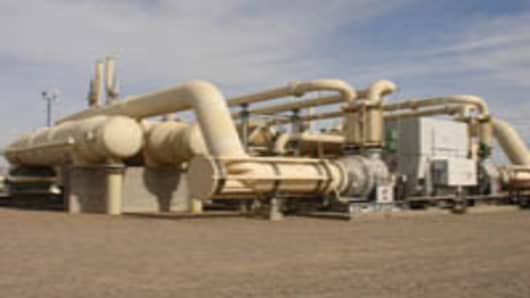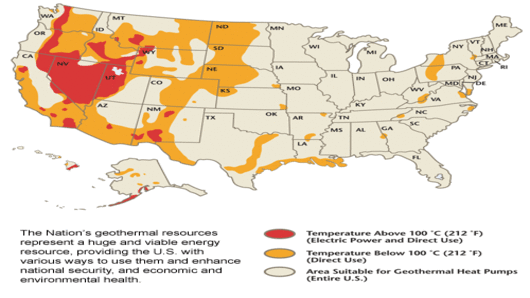Smart money appears to have noticed. In 2007, private equity firms invested more than $400 million in geothermal energy, which is derived fromhot water under the Earth's surface and can be used for space heating or generating electricity.
Warren Buffett's Berkshire Hathaway as well as leading investment houses, such as Goldman Sachs and Morgan Stanley have also invested in the sector.
Chevron, arguably the sector’s largest player, has been active since the 1970s and invested over $100 million last year to expand existing operations in Indonesia.
United Technologies’ subsidiary, UTC Power has also jumped in, to meet surging demand for turbines.
Last year, $3 billion was invested in disclosed deals in the sector; an increase of 183 percent from 2006, according to New Energy Finance.
Roughly half of the new investment is being spent in the US, and about half is being undertaken by foreigners with extensive geothermal experience, including Italians and Icelanders.
Investors have been rewarded. Both US Geothermal and Ormat have outperformed the S&P 500 over the last year, Ormat by more than 40%.
Growth Drivers
The strong growth is being driven by a number of factors. Broad climate change concerns are clearly a key. More specifically, though, is the trend of US states requiring that utilities derive more energy from green sources, says Karl Gawell, executive director of the Geothermal Energy Association.
The main investment driver, he says, is the recently-introduced US production tax credit, which at 2 cents per kilowatt hour for the first ten years, can account for a third of the cost of a project. Congress extended this renewable energy credit to the geothermal category for the first time in the 2005 energy bill.
The tax break makes geothermal comparable in price, and thus competitive, to wind energy, and is critical for the sector's sustained success, say experts.
“I am very bullish on the sector so long as the tax credit gets extended – then it should be smooth sailing for these guys,” says Alex Harbin, an analyst with Toll Cross Securities, referring to the five geothermal stocks listed on the Toronto exchange that he follows.
He is most bullish on US Geothermal – which has a partnership with Goldman Sachs - because it is the only one with an operational plant, even though at 15 megawatts it is a pygmy.
He also likes Nevada Geothermal, which has drilled impressive production wells but has yet to build its $76 million, 50 megawatt plant, which it is doing in a partnership with Morgan Stanley. (Harbin owns stock in U.S. Geothermal and Nevada Geothermal and his firm has done investment banking business with US Geothermal within the last 12 months.)
Buffet’s involvement in the sector is through MidAmerica Energy Holdings, which has a 50 percent stake in CalEnergy, a utility operating ten generating plants run in Southern California's Imperial Valley
Tapping The Future
CalEnergy is a large player in a fragmented market, according to analysis by Glitnir, a Nordic bank with a geothermal global niche focus, which also forecaast “considerable consolidation” in the coming years as cash-poor smaller players get absorbed.
That consolidation could be accompanied by significant growth, as investors and users become increasingly comfortable with the technology in a country with sizable resources.



